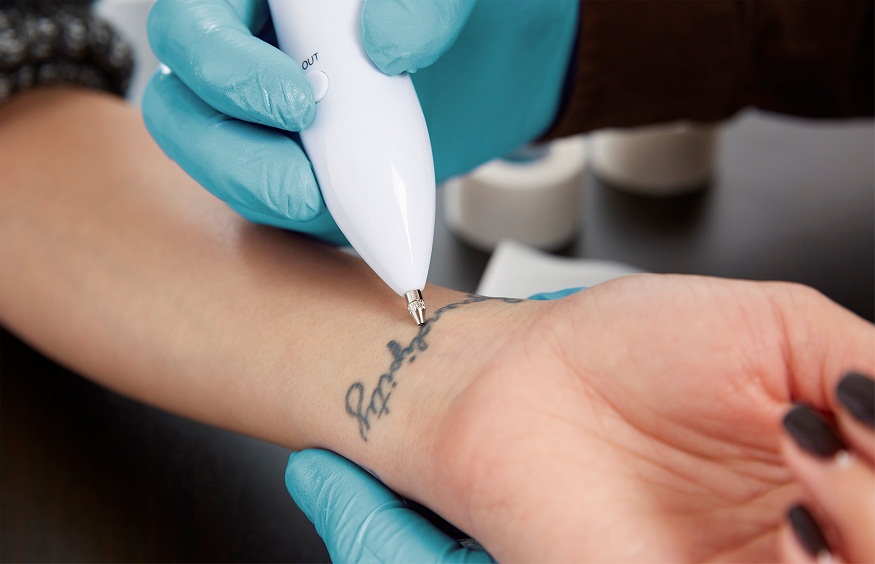The demand for eco-friendly med spa practices is rising. More people want treatments that care for the environment. This trend impacts both clients and practitioners. Med spas now focus on sustainable choices. From skincare to spring tattoo removal, changes are evident. Practitioners play a crucial role in this shift. They must adapt to meet these new expectations. Let’s explore this growing demand and the practitioner’s role in more detail.
The Environmental Impact of Traditional Practices
Traditional med spa practices often involve products and processes that can harm the environment. Single-use plastics, chemical-laden products, and energy-intensive equipment contribute to pollution and waste. Recognizing these issues is the first step toward change. Practitioners must understand the environmental impact of their choices to make better decisions.
Eco-Friendly Alternatives
Med spas are now embracing eco-friendly alternatives. These include:
- Sustainable Products: Using products made from natural ingredients with biodegradable packaging.
- Energy-Efficient Equipment: Investing in devices that use less energy.
- Waste Reduction: Implementing recycling programs and reducing single-use items.
These changes not only help the environment but can also attract clients who value sustainability. The shift to eco-friendly practices is becoming a competitive advantage.
The Role of Practitioners
Practitioners are key to this transformation. They must educate themselves on sustainable methods and products. Providing clients with information about the benefits of eco-friendly choices is crucial. Practitioners also have the opportunity to lead by example, demonstrating a commitment to both health and the planet.
Comparing Traditional vs. Eco-Friendly Med Spa Practices
| Aspect | Traditional Practices | Eco-Friendly Practices |
| Products | Chemical-based, non-biodegradable | Natural ingredients, biodegradable |
| Energy Use | High energy consumption | Energy-efficient devices |
| Waste Management | High waste, single-use plastics | Recycling and reduction of waste |
The Benefits of Going Green
The benefits of adopting eco-friendly practices extend beyond environmental impact. Clients often perceive these practices as a reflection of quality and care. This perception can lead to increased client loyalty and satisfaction. Moreover, eco-friendly practices can lead to cost savings in the long run. Reduced energy use and waste can lower operational costs.
Resources and Support
Resources are available to help practitioners transition to sustainable practices. The U.S. Environmental Protection Agency provides guidelines on green products and practices. Additionally, educational institutions offer courses on sustainable business practices. The Harvard University Sustainability office is an excellent resource for learning about sustainability in business operations.
A Future of Sustainable Med Spa Practices
The future of med spas is leaning toward sustainability. As the demand for eco-friendly options grows, practitioners must remain informed and proactive. Embracing these changes can lead to a healthier planet and a thriving business. The role of practitioners is more important than ever in leading this green revolution.
In summary, the shift to eco-friendly med spa practices is a necessary and beneficial evolution. By understanding the environmental impact, exploring alternatives, and leveraging resources, practitioners can make a significant impact. This journey toward sustainability is not just a trend but a responsibility.



